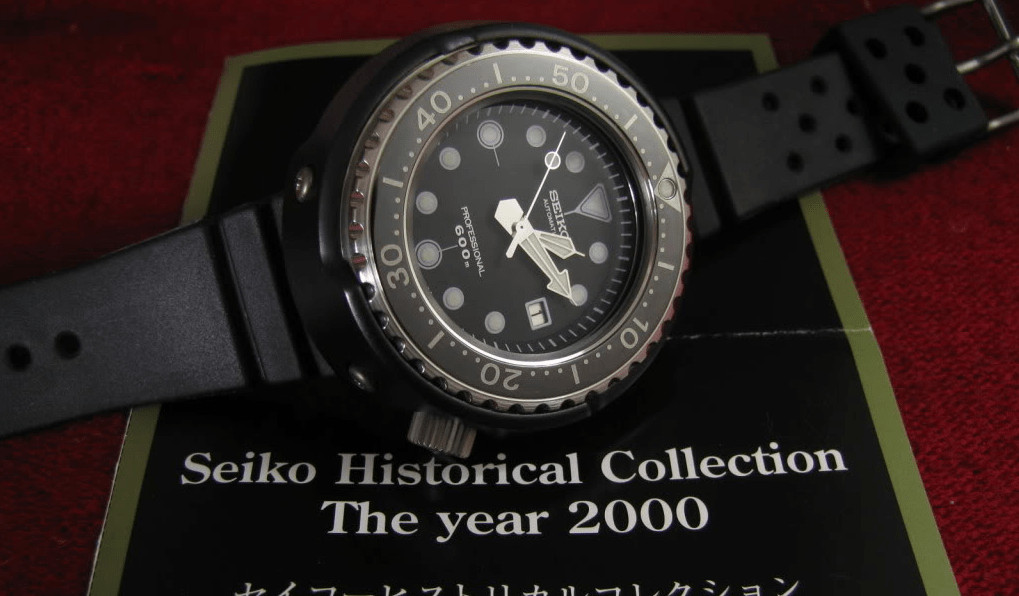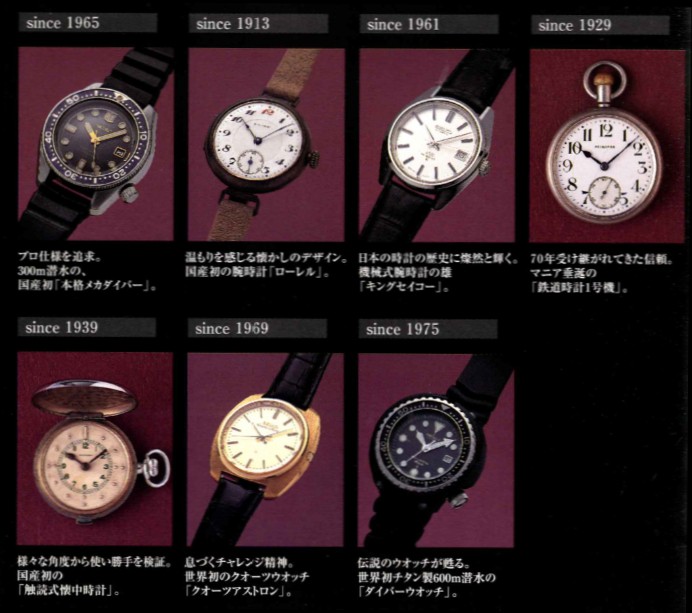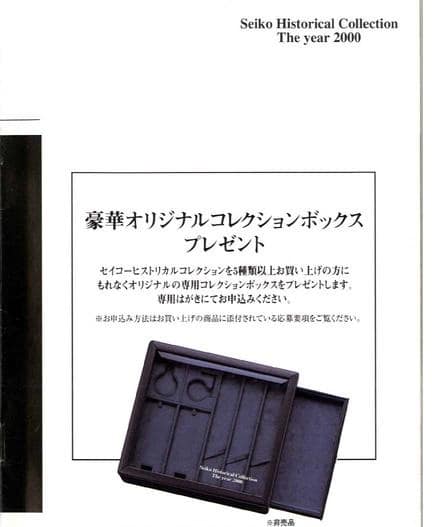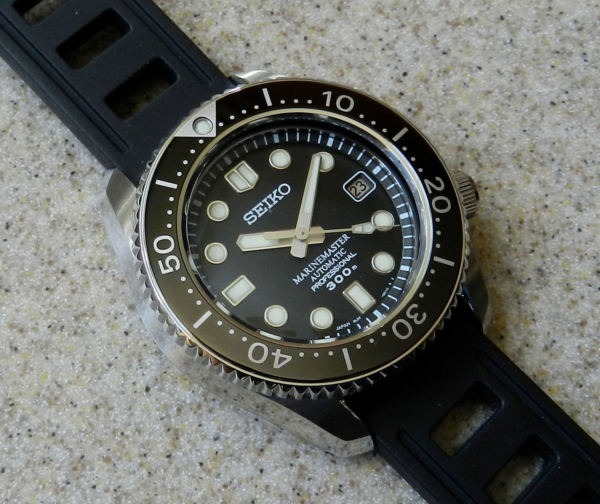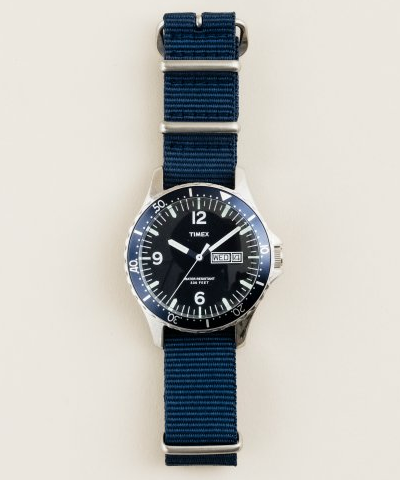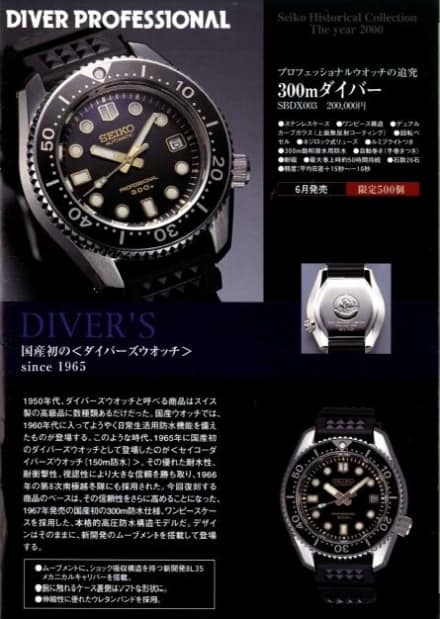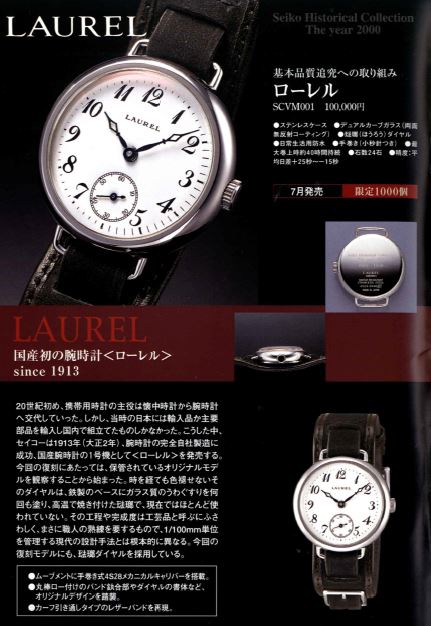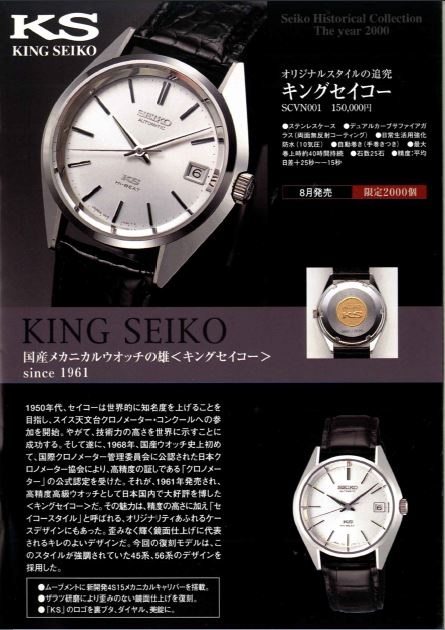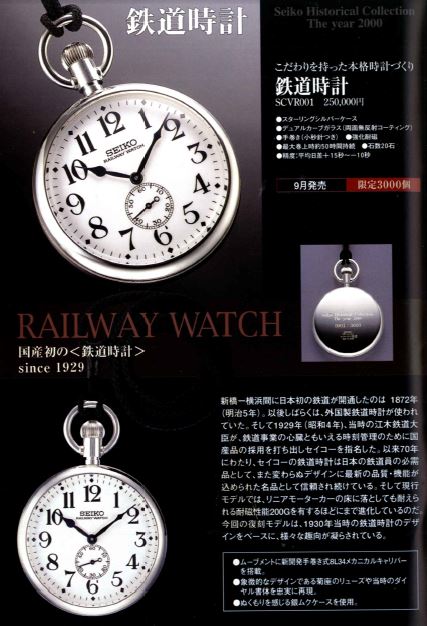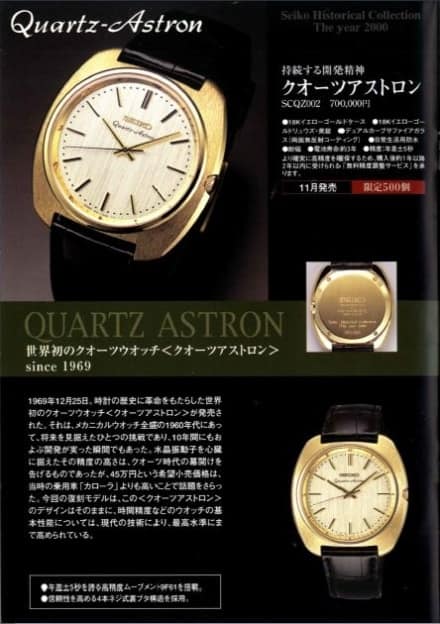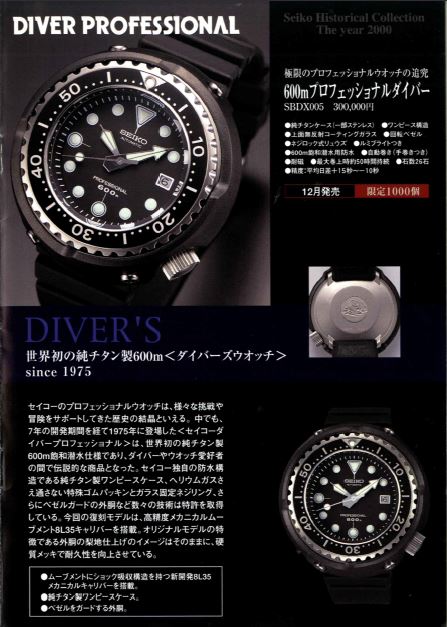Modern reissues of historical watches have been the trend of the past few years. This year’s Baselworld was perhaps the zenith of the vintage-inspired craze, with a large number of heritage releases coming out across all market segments, from brands both big and small.
Seiko, not immune to market demands, has also played the heritage game, reissuing watches based on or inspired by, to various degrees, historical counterparts. For example, in the brand’s final release of 2016, Seiko issued the lovely Presage Automatic 60th Anniversary, a watch acknowledging the 60th anniversary of its very first automatic watch. Of course, there were notable differences between the modern and vintage models; the power reserve indicator was in a different position on the two watches due to the differing architecture of their respective movements. Another attempt by Seiko was in the affordable, vintage-themed Recraft series powered by the ubiquitous 7S/4R movements, a line inspired by, but not actually based on any vintage references. And at Baselworld this year we saw Seiko tapping their archives with the release of the SLA017, a 62MAS homage, and three watches from Grand Seiko honoring the very first Grand Seiko from 1960.
But before this craze ever hit the peak we’re seeing now, Seiko, way back in 2000, did something really cool with their history. Now, let’s imagine that just for a moment we could turn back the hands of time, go back 17 years with exactly JPY 1,735,000, or roughly $15,863 today. What could that get you? Well, nothing short of seven (yes, seven!) shockingly accurate reproductions of Seiko classics deemed worthy by the brand to be reissued.









 Featured Videos
Featured Videos




